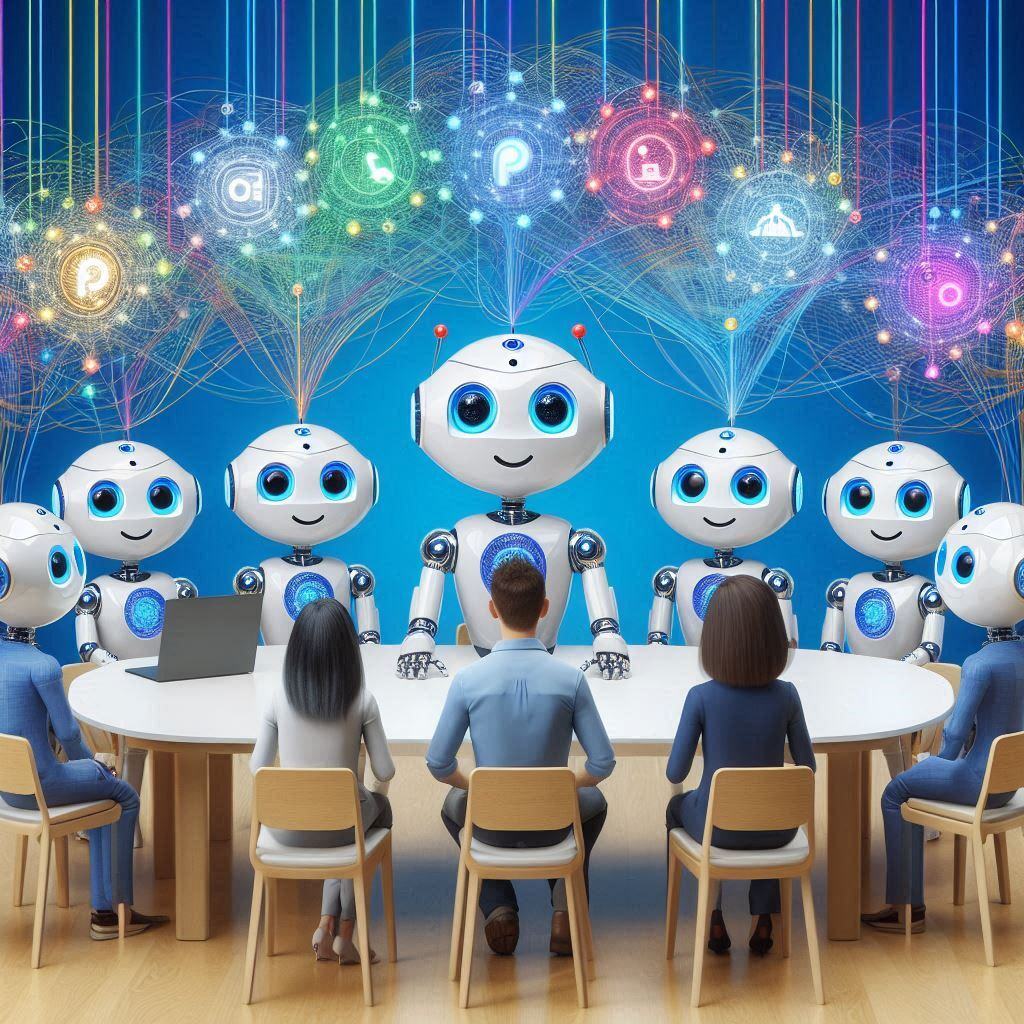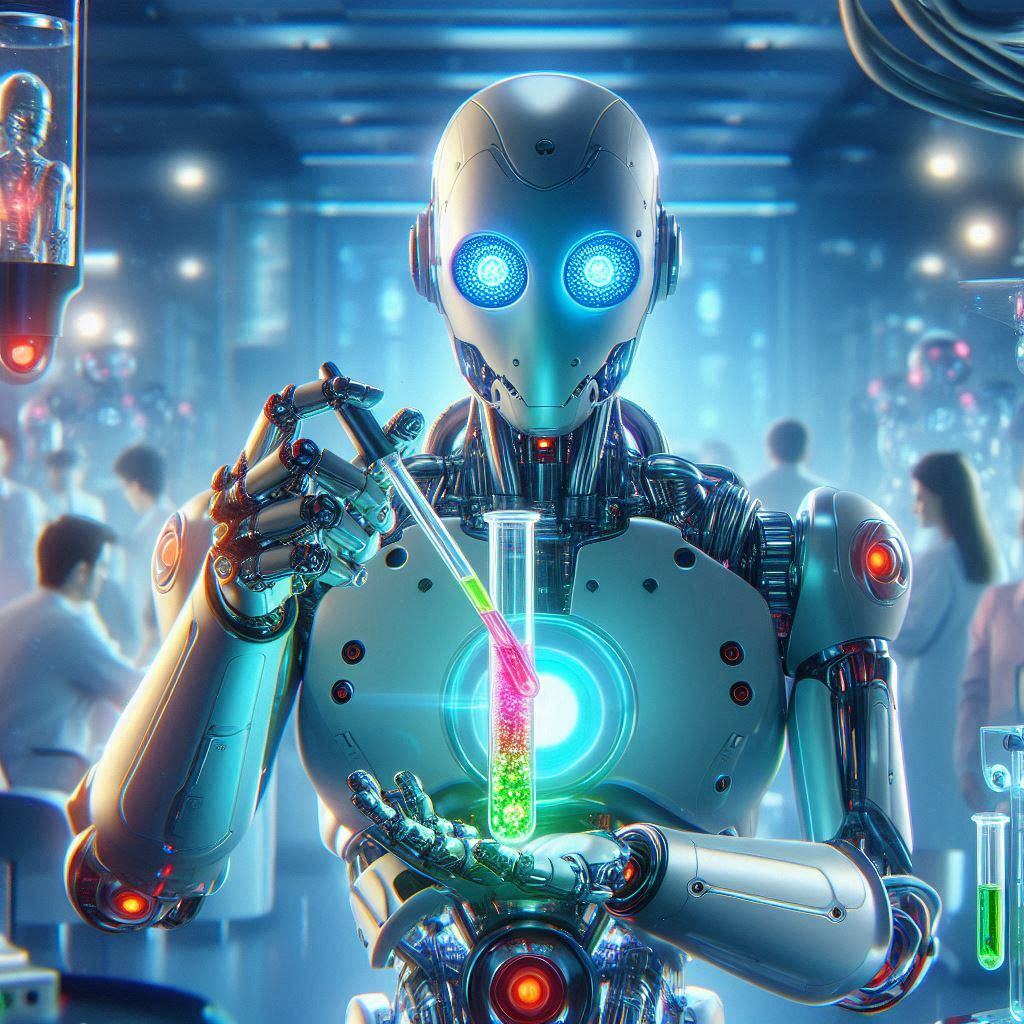Migrate from GPT-3x Models Using Integrail's Benchmarking Tool
The AI industry is constantly evolving, and with it comes inevitable changes that developers and businesses must navigate. One of the most recent and...
Discover Claude 3.5 Sonnet, the newest AI model from Anthropic, with advanced intelligence, faster performance, and versatile applications for various industries.
If you’re following advancements in artificial intelligence, the name Claude from Anthropic likely rings a bell. The latest model in this series is turning heads for its groundbreaking features and applications. In this article, we'll look into what sets the newest Claude model apart from its predecessors and competitors. From superior intelligence to enhanced speed and cost-effectiveness, Claude 3.5 Sonnet is designed to push the boundaries of what AI can achieve. Let's explore its capabilities and the potential impact it could have across various industries.
The latest and most advanced AI model from Anthropic is Claude 3.5 Sonnet, launched in July 2024. This model introduces a host of improvements over previous iterations, making it a standout in the AI community. Claude 3.5 Sonnet is designed to handle complex tasks with superior intelligence, significantly outperforming previous models and many current competitors. One of the key upgrades is its speed; operating at twice the speed of Claude 3 Opus, it ensures faster responses and improved efficiency for users. Despite these enhancements, Claude 3.5 Sonnet is more affordable than its predecessor, making it a cost-effective choice for businesses and developers.
Accessibility is another major advantage of Claude 3.5 Sonnet. Users can access this powerful AI for free via the Claude.ai website, the iOS app, or through integration options such as the Anthropic API, Amazon Bedrock, and Google Cloud's Vertex AI. This wide availability ensures that a diverse range of users, from hobbyists to large enterprises, can leverage the capabilities of Claude 3.5 Sonnet without significant financial barriers.
Claude 3.5 Sonnet is a versatile tool with a wide range of capabilities that make it suitable for numerous applications. In terms of advanced reasoning, it excels at complex problem-solving and logical thinking, making it invaluable for tasks that require a nuanced understanding. Its vast knowledge base allows it to answer a diverse array of questions accurately and efficiently, providing reliable information across various domains.
For developers, Claude 3.5 Sonnet’s coding expertise is particularly beneficial. It can generate code, identify bugs, and suggest fixes, streamlining the development process and reducing the time needed for coding tasks. In the realm of content creation, Claude 3.5 Sonnet stands out for its ability to produce high-quality written content, including articles, marketing copy, and more. This capability makes it a powerful tool for businesses looking to generate engaging and professional content quickly.
Customer support is another area where Claude 3.5 Sonnet shines. It can handle customer queries with intelligent, contextually relevant responses, improving the overall customer experience and reducing the workload on human support staff. Additionally, its data analysis capabilities allow it to process and extract valuable insights from large datasets, making it an excellent tool for businesses that rely on data-driven decision-making.
Claude 3.5 Sonnet distinguishes itself in several key ways. Firstly, its intelligence surpasses that of previous Claude models and many competitor offerings. Benchmarks demonstrate its superior performance in tasks such as reasoning, coding, multilingual communication, long-context handling, honesty, and even image processing. This makes Claude 3.5 Sonnet a powerful tool for tackling complex tasks that require a deep understanding and critical thinking.
In terms of speed and affordability, Claude 3.5 Sonnet offers significant advantages. It operates at twice the speed of Claude 3 Opus, allowing for faster response times and improved efficiency in various applications. Despite its advanced capabilities, it is more cost-effective than its predecessor, making it an attractive option for a wider range of users, from small businesses to large enterprises.
Anthropic’s commitment to safety and reliability further enhances the appeal of Claude 3.5 Sonnet. The company prioritizes research efforts to ensure that their AI models are aligned with human values and mitigate potential risks. This focus on responsible AI development is crucial for fostering trust and encouraging wider adoption of AI technology. By ensuring that their models are both powerful and safe, Anthropic is setting a high standard for the industry.
Anthropic’s journey with the Claude series doesn’t end with Claude 3.5 Sonnet. The company is actively expanding the Claude 3.5 model family with upcoming releases, including Claude 3.5 Haiku and Claude 3.5 Opus. These new models are set to offer even more advanced capabilities, catering to a broader range of user needs and applications.
Claude 3.5 Haiku is anticipated to be a more lightweight and efficient version of Claude 3.5 Sonnet. This model will be ideal for tasks that do not require the full power of the Sonnet model, making AI more accessible to a broader range of users and devices. By offering a model that balances efficiency and capability, Anthropic aims to democratize AI technology further.
On the other hand, Claude 3.5 Opus is expected to be the most powerful and intelligent model in the Claude 3.5 family. It will likely be geared towards handling highly complex tasks and working with massive datasets. This model could be a game-changer for fields such as scientific research, drug discovery, and financial modeling, where the ability to process and analyze large volumes of data quickly and accurately is critical.
By offering a spectrum of models with varying capabilities and resource requirements, Anthropic is positioning itself as a leader in the AI industry. This approach allows them to cater to a wide range of users, from individual developers to large enterprises, and ensures that AI technology is accessible and adaptable to diverse needs.
Claude 3.5 Sonnet represents a major milestone in AI development, combining advanced capabilities with accessibility and cost-effectiveness. Its superior intelligence, enhanced speed, and wide range of applications make it a powerful tool for various industries, from content creation and customer support to data analysis and software development. Anthropic’s commitment to safety and responsible AI development further enhances the appeal of Claude 3.5 Sonnet, ensuring that users can trust and rely on this cutting-edge technology.
As Anthropic continues to innovate and expand the Claude model family with upcoming releases like Claude 3.5 Haiku and Claude 3.5 Opus, the potential applications for this technology will only grow. Whether you’re a business looking to leverage AI for improved efficiency or a developer seeking powerful tools to enhance your projects, Claude 3.5 Sonnet and its future iterations offer exciting possibilities.
Additionally, for businesses looking to implement multi-agent systems and develop customized AI applications, platforms like Integrail.ai provide a robust solution. Integrail.ai enables the creation and deployment of sophisticated AI workflows without requiring coding expertise. It integrates seamlessly with advanced AI models like Claude 3.5 Sonnet, allowing businesses to harness the full potential of AI to drive innovation and efficiency.
Keep an eye on Anthropic’s developments as they push the boundaries of what AI can achieve and continue to revolutionize the field. For more information and to explore Claude 3.5 Sonnet, visit Claude.ai. To leverage multi-agent systems and customized AI solutions, visit Integrail.ai.

The AI industry is constantly evolving, and with it comes inevitable changes that developers and businesses must navigate. One of the most recent and...

As artificial intelligence (AI) continues to advance, new techniques are emerging that promise to make AI systems more efficient, effective, and...

Agentic AI refers to autonomous systems or agents capable of understanding goals, making independent decisions, and executing tasks with minimal...
Start your journey with Integrail

Try AI Studio by Integrail FREE and start building AI applications without coding.

NEW White Paper: Discover how AI Studio accelerates your workflows